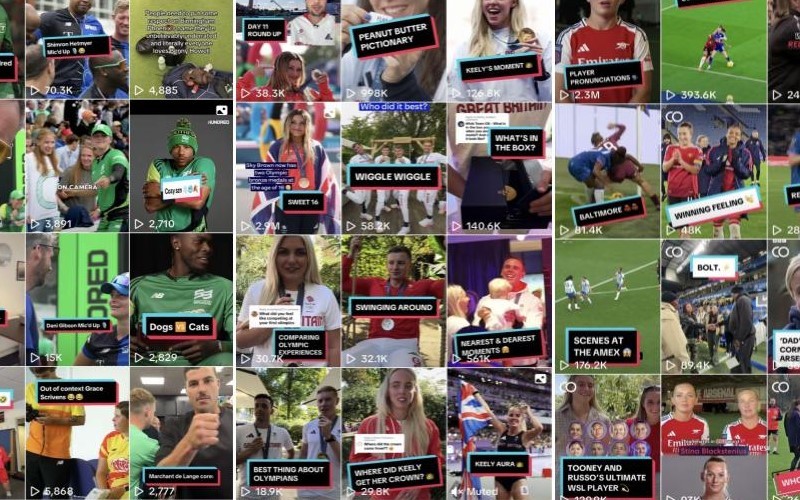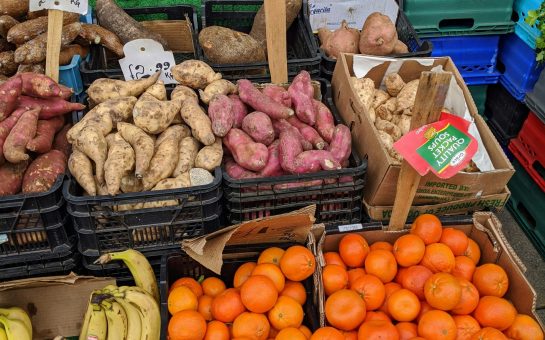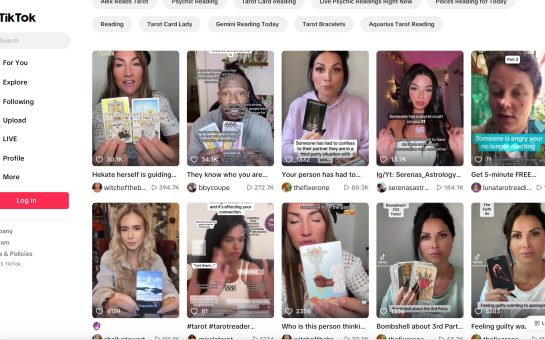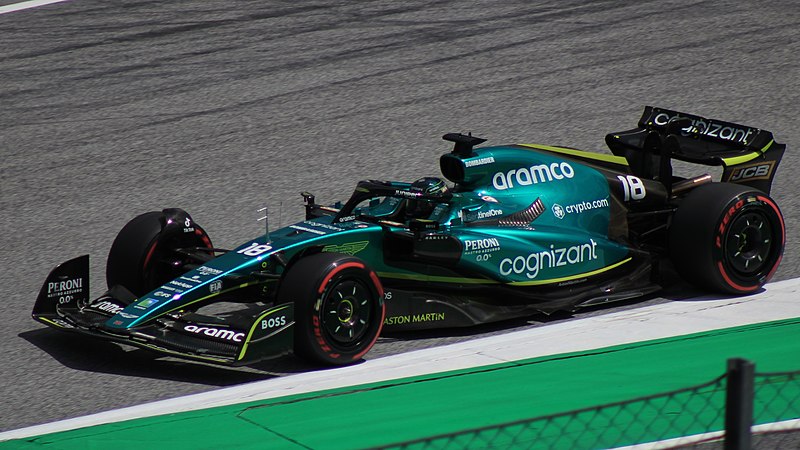Latest research by the Women’s Sport Trust (WST) has highlighted the role of social media on the visibility and awareness of female sport.
Team GB athletes led on social media during this year’s Olympic and Paralympic Games, some describing it as the first ‘TikTok Olympics’.
During the games, content from women dominated with 67% of total TikTok views of Team GB athletes competing coming from female athletes, according to the WST report.
The report also found that out of the British athletes active on TikTok during this year’s games, 66% were female and their videos accounted for 69% of the total content output.
This year’s Olympics marked a significant shift in athlete story telling due to more relaxed social media guidelines, allowing Olympians to share their experiences and connect with fans.
Tammy Parlour, CEO of Women’s Sport Trust, said: “In Paris the creativity of our female athletes on social has allowed more stories to be told and a wider, more diverse range of voices to be heard, which is always positive for women’s sport.
“Female athletes had the freedom to document the games from their own perspective and this allowed the stories to flow, from haul videos to behind the scenes of the Olympic village and capitalising on the ‘Muffin Man’ craze.
“It was fun, engaging and provided space for lesser-known athletes to make a name for themselves.”
Of all the competing Team GB athletes, 57% had a TikTok account, and of this group 58% are female, according to the WST report.
Parlour added that increasing the visibility of women’s sport is about providing the opportunity, which was demonstrated this summer.
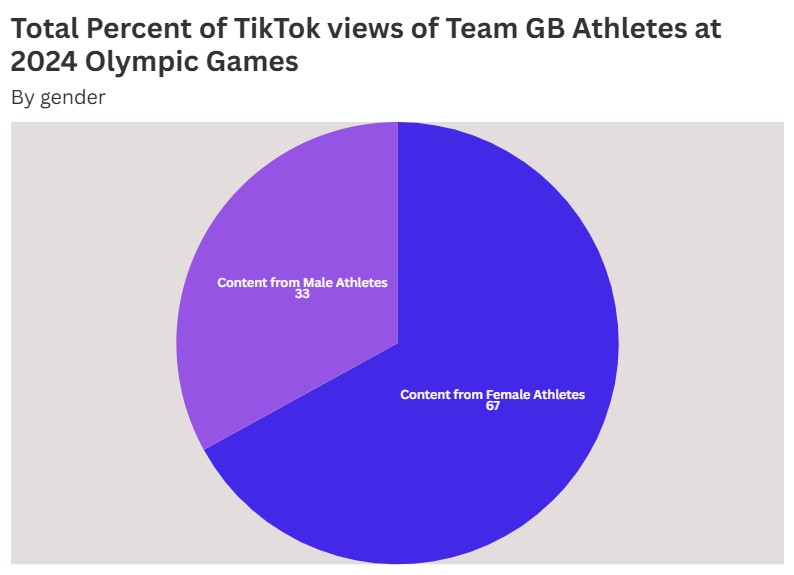
Four of the six most viewed TikTok videos uploaded by British athletes during the games came from female athletes.
Lina Nielsen, Bronze medallist in the women’s 4 x 400m relay, attracted the highest number of TikTok views of any British athlete, with over 28 million views.
Rugby sevens athlete Ellie Boatman achieved the highest number of views, 10.6 million, for one video with her Team GB kit run through TikTok.
A similar trend continued during the Paralympics, 60% of total views of ParalympicsGB athletes competing came from content by female competitors.
Lottie McGuinness, female powerlifter, received the most video views of the ParalympicsGB team on TikTok with 2.3m views.
Didi Okoh, T63 100m sprinter, closely followed with a total of 2.2m views.
On the ParalympicsGB account, 52% of TikTok videos were mixed, 22% dedicated to female athletes and 26% to male athletes.
As @SportsPro releases its Most Marketable Athletes of 2024, and Simone Biles takes the number one spot, it again shows the increasingly influential role female athletes have in the industry.https://t.co/qqSA2SxmHi
— Women's Sport Trust (@WomenSportTrust) October 23, 2024
According to the latest report, most major rights owners use social media to showcase women’s sport and mostly provide equitable coverage on their platforms.
During 2022-23 season of the Barclays Women’s Super League, TikTok had 92.2 million views, this increased to 147 million in the 2023-24 season, according to a previous WST report.
In cricket, The Hundred’s TikTok account featured 47% of videos focused on the men’s game, 46% on the women’s tournament and 7% were mixed.
England cricketer Lauren Bell said: “Social media has been a huge part of the transformation in women’s cricket, a cliché we repeat in camp a lot is ‘you have to see it to be it’.
“So having strong female role models so easily accessible online gives young women the ability to inspire the next generation like never before.”
She added: “Having platforms that can reach thousands if not millions of people at a time is such a privilege, and something that can often be overlooked.
“For professional players, social media has boosted viewership, sponsorships, and media coverage, making women’s cricket more financially sustainable and visible.”
However, coverage of women’s sport on traditional platforms contrasts this growth of the visibility of women’s sport on social media.
According to the WST report, in 2023 only 8% of TV sport coverage hours on key channels was dedicated to women’s sport, down 5% from 2022 where it was 13%.
Meanwhile, data from the WST report found that only 3% of all sport print mentions were dedicated to women’s sport in 2023.
Broadcast data from Futures Sport and Entertainment showed the impact of the Lionesses not competing in a major international tournament this year.
Viewing figures of female only sports are down by 8.4 million in comparison to last year. In 2023, there were 34.6 million viewers between January 1 to September 15, there were 26.2 million viewers of women’s only sports events for the equivalent period in 2024.
However, some of this year’s major sporting events had larger proportions of female fan attendance. Of BBC’s audience for the Olympic Games 52% were female, 55% of the Paralympic Games viewers were female, and 58% of the Wimbledon audience was also female.
Parlour concluded: “2024 was always going to be an interesting year without the Lionesses playing in a major international tournament. “But what’s exciting is that the hard work by domestic leagues across women’s sport can be seen in isolation and the numbers are growing.
“This report clearly demonstrates that there are a lot of opportunities to work on when it comes to increasing the visibility of women’s sport, from embracing the storytelling of female athletes to championing equality within social publishing strategies.”
Head to the Women’s Sport Trust website to read the full report here.
Featured image credit to Lucianne Bell.
